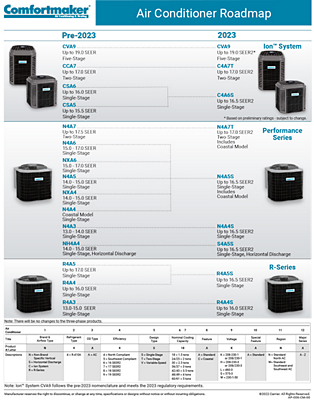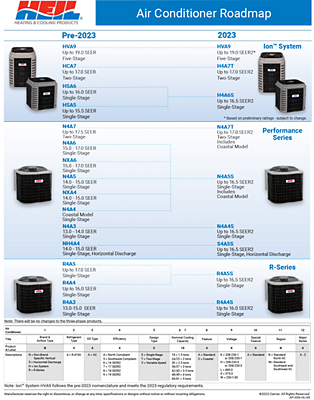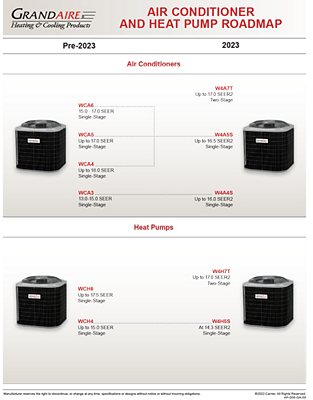
2023 ICP Product Roadmaps
What’s Changed and New Requirements
New regional minimum efficiency requirements have taken effect
The big picture
The U.S. Department of Energy (DOE) has mandated new energy efficiency requirements for all newly manufactured residential and commercial air conditioners and heat pumps, which take effect on January 1, 2023. Alongside the new efficiency requirements are more stringent testing requirements for all residential and 3-5 ton light commercial, single-phase equipment manufactured on or after January 1, 2023.
NEW REGULATIONS APPLY TO:
- Air Conditioner Condensing Units
- Heat Pumps
- Single Packaged Units
- Evaporator Coils
- Gas Furnaces
Are you 2023 Ready?
The new regulations are part of the DOE's ongoing initiative to reduce overall energy consumption in the US. What do these new changes mean for the industry?
7-8% increase from current minimum SEER ratings
New ratings nomenclature - SEER2, EER2, HSPF2
New Equipment Test Procedures
Transitioning to 2023 requirements may seem like a challenge, but we believe preparation and planning can help ease the transition and minimize any disruptions to your business. Baker Distributing Company is here to help you understand and prepare. What do these changes mean for you and your business?
Non-Compliance Penalties & Fines
Dealers and contractors who install non-compliant equipment will be required to replace the equipment and face fines of up to $504 per unit, per day.
Training and Compliance
Train your technicians now on the new standards and how to be in compliance.
Scale Down Current Inventory
Scale down current inventory now to prepare for the new regulations and product launches.
New Standards are Here
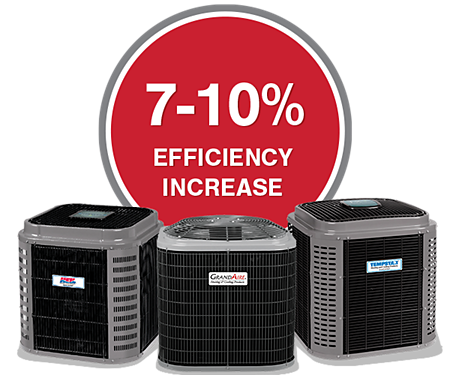
Increasing SEER Rating Minimums
The increased SEER rating minimums represent a 7-10% increase over previous minimums and are forecasted to save 300 million KWH of power over 30 years. Totaling approx. $38 billion in utility cost savings.
With these changes, 70% of current equipment does not meet minimum standards and all equipment will require re-testing with the new 2023 standards. Some previous standard equipment may NOT be sold on or after January 1st 2023. Learn More
New M1 Efficiency Testing Standards Method
Energy efficiency testing standards will use a new M1 testing method to better represent actual field conditions and will be reflected in new SEER2, EER2, and HSPF2 ratings. Since the new M1 testing requirements are more stringent and reduce the resulting efficiency rating, in 2023, there will be new metrics and nomenclature – SEER2, EER2 and HSPF2. Learn More


Prepare for Now
THE DETAILS
In 2023, the DOE-adjusted minimums for both residential split air conditioners and heat pumps take effect:
AIR CONDITIONERS
- Split air conditioners installed in northern climates must achieve a 14.0 SEER rating (up from 13.0 SEER)
- In the southeast and southwest regions must achieve a 15.0 SEER* rating (up from 14.0 SEER)
- Both measurements can be reached using current (pre-2023) SEER test procedures
HEAT PUMPS
- Split heat pumps, regardless of location, must achieve a minimum efficiency of 15.0 SEER (up from 14.0 SEER)
Regional Efficiency Standards
2023 Residential Minimum Standards
Below are the minimum efficiency standards for Split Air Conditioners, Split Heat Pumps and Packaged Units effective January 1, 2023.

Southeast
Supersedes federal minimum for split and package air conditioners. Compliance is based on date of installation.
Including the following states: Alabama, Arkansas, Delaware, Florida, Georgia, Hawaii, Kentucky, Louisiana, Maryland, Mississippi, North Carolina, Oklahoma, South Carolina, Tennessee, Texas, Virginia, and District of Columbia, US Territories
Southwest
Supersedes federal minimum for split and package air conditioners. Compliance is based on date of installation.
Including the following states: Arizona, California, Nevada and New Mexico
North
Compliance based on date of manufacture Applies nationally unless superseded by regional standard in Southwest and Southeast. Applies to all split and packaged heat pumps nationally.
| Tonnage | Southeast | Southwest | North | |
|---|---|---|---|---|
| Residential Air Conditioners | < 3.5 Tons | 14.3 SEER2 (15 SEER) | 14.3 SEER2 (15 SEER) | 13.4 SEER2 (14 SEER) |
| ≥ 3.5 Tons | 13.8 SEER2 (14.5 SEER) | 13.8 SEER2 (14.5 SEER) | 13.4 SEER2 (14 SEER) | |
| Heat Pumps | 14.3 SEER2 (15 SEER) | 14.3 SEER2 (15 SEER) | 14.3 SEER2 (15 SEER) | |
| Package AC | 13.4 SEER2 (14 SEER) | 13.4 SEER2 (14 SEER) | 13.4 SEER2 (14 SEER) | |
| Package Heat Pump | 13.4 SEER2 (14 SEER) | 13.4 SEER2 (14 SEER) | 13.4 SEER2 (14 SEER) |
Effective Dates: 1/1/2023 and after
Sell-through deadlines vary by product line and region.
| Product Type | Region | Governing Date for Change |
|---|---|---|
| Split A/C | North | Date of Manufacture |
| Southeast | Date of Installation | |
| Southwest | Date of Installation | |
| Split HP | All | Date of Manufacture |
| Package AC | North/Southeast | Date of Manufacture |
| Southwest | Date of Installation | |
| Package HP | All | Date of Manufacture |
SEER Rating Changes For 2023
Beginning in 2023, all new residential central air-conditioning and air-source heat pump systems sold in the United States will be required to meet new minimum energy efficiency standards.
The new standards continue to set different cooling efficiency levels for air conditioners in the south, and they also require an increase in the heating efficiency of all air-source heat pumps…Read More

SEER Testing Procedure Changes For 2023
One of the biggest changes coming in 2023 isn’t just the SEER adjustment, but how SEER ratings are tested.
The rating designations will be transitioning from SEER / EER / HSPF to SEER2 / EER2 / HSPF2…Read More

Baker Distributing DOE Regulations Policy Change
Baker Distributing is working diligently to provide our customers a smooth transition.
We have begun the process of phasing out all 2023 non-compliant air conditioner system models to ensure remaining 2022 installations meet the new DOE regulations. With these changes, we will be putting new procedures and policies in place to ensure compliance and allow a seamless conversion…Read More
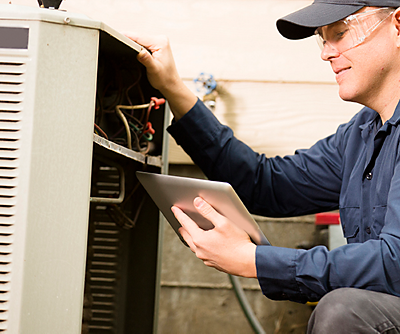
SEER Testing Procedures and Rating Changes For 2023
One of the biggest changes coming in 2023 isn’t just the SEER adjustment, but how SEER ratings are tested.
The rating designations will be transitioning from SEER / EER / HSPF to SEER2 / EER2 / HSPF2.
Why? The current SEER testing doesn’t represent the impact ductwork and external static pressure have on HVAC systems. The testing changes are meant to reflect real life field conditions more accurately. M1 testing procedures will increase the systems’ external static pressure from current SEER (0.1 in of water) to SEER2 (0.5 in. of water).
Key Changes
- Minimum Air Handler Static Pressure
- Fan Power for Coil-Only Units
- Heating Load Calculation
- Heating Mode Test
- Variable Speed Factor for SEER2
- Off-Mode Power Test
- Full DOE Testing Procedures
Minimum Energy Efficiency of AC / HP Increasing in 2023
Residential Central Air Conditioners (CAC)
Products Under 3.5 Tons:
- North = 14 SEER
- Southeast and Southwest = 15 SEER
Products Over 3.5 Tons:
- North = 14 SEER
- Southeast and Southwest = 14.5 SEER
Heat Pumps: 15 SEER




